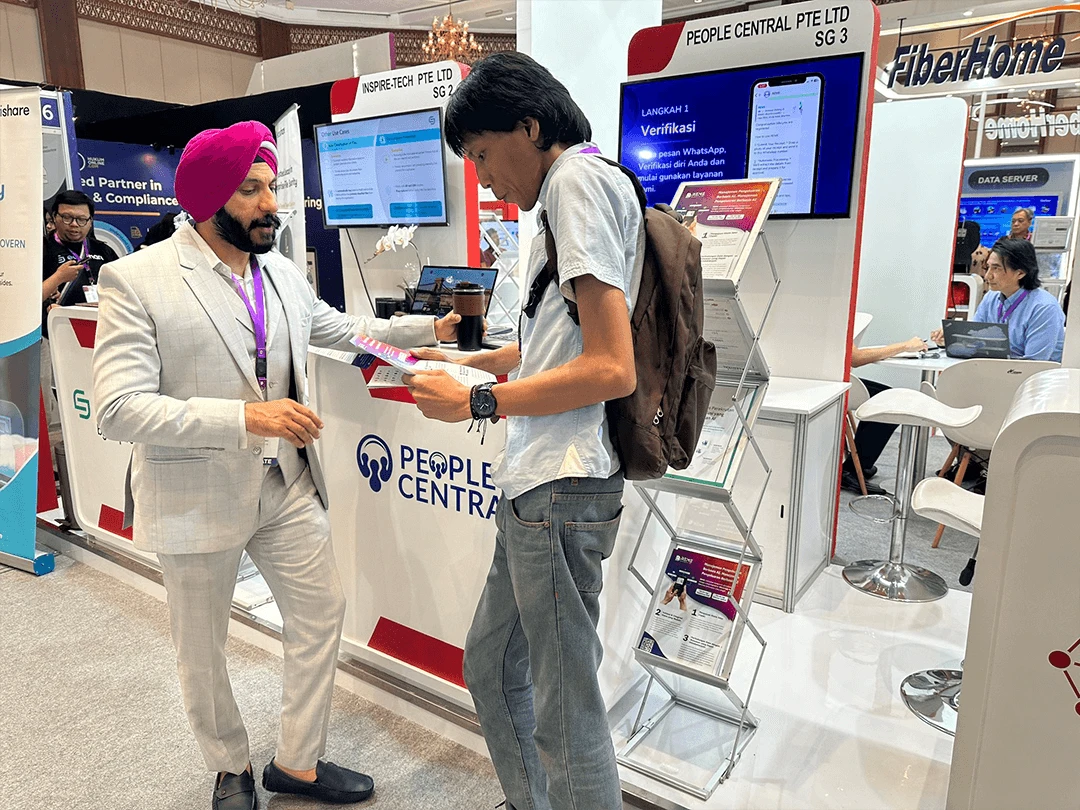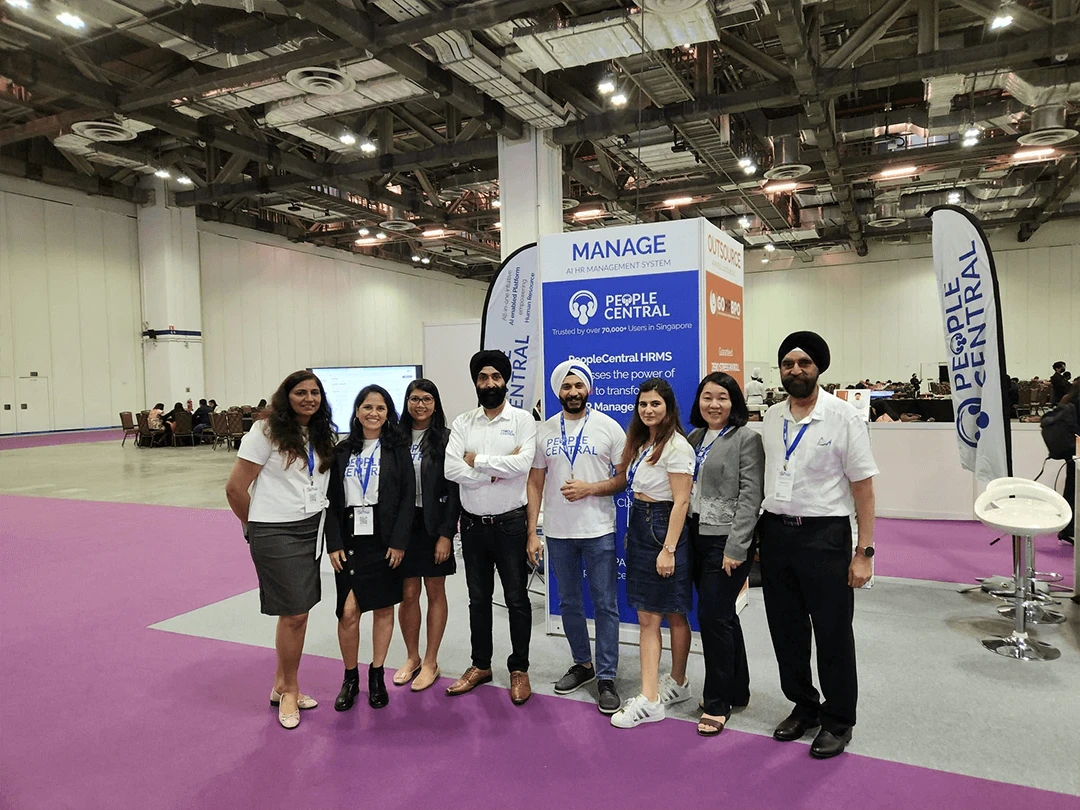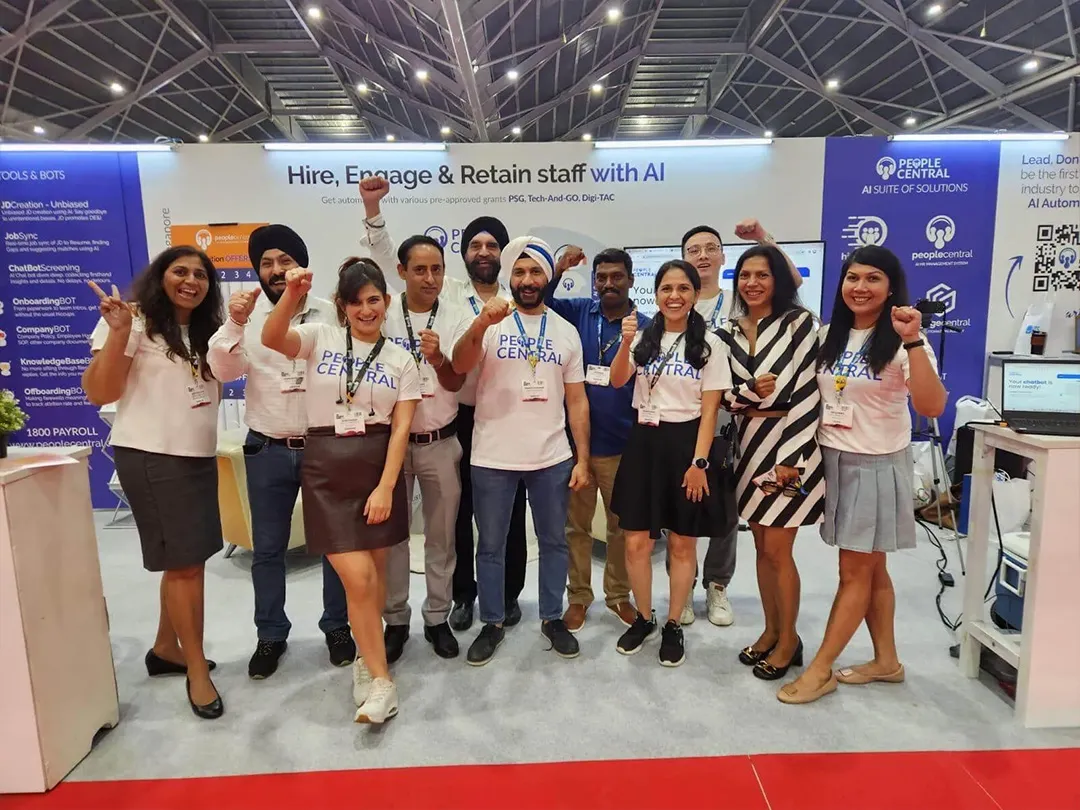Introduction
If you are someone who is still managing leave with spreadsheets, emails, or paper forms, I salute you! You are someone who knows stress and frustration very well.
Managing it all manually is a full-time job. You have to spend hours waiting for approvals, while your employees are constantly asking for updates, and managers are also struggling to plan because they cannot see the full picture.
And in Singapore, the margin for error is even smaller. Here, you have to take care of MOM leave entitlements, CPF contributions, and IRAS reporting. Just one small mistake can cost you money and employee trust.
So if you’re done stressing over leave management, it’s time to switch. To help you with all of this stuff, a Leave Management System (LMS) comes in.
First, it is a digital leave tracker, and second, it saves time, ensures compliance, and lets your employees feel more engaged.
In this article, let’s understand how an LMS turns leave management into a smooth process.
What is a Leave Management System?
Let’s now understand what a leave management system is. An LMS manages your entire leave process and runs it automatically.
It handles everything from the leave application to getting it approved. It also syncs entitlements directly into payroll.
Most of the time, it comes as part of an HR platform that also covers payroll, claims, and attendance.
Here’s what that looks like in practice:
- Self-service portals: With an LMS in function, your employees don’t have to ask HR for updates all the time. They just have to apply and check their leave balances on their own.
- Automated calculations: it provides you with automated calculations. This way, you no longer have to count anything manually. Also, your leave entitlements update instantly in real time.
- Approval workflows: Approval workflow becomes very easy. Managers just have to approve leaves with a single click, and they can do so from their mobile as well.
- Payroll integration: every approved leave automatically integrates into payslips and CPF/IRAS calculations.
- For SMEs in Singapore, that means every leave request is handled fairly and in line with MOM rules, without HR having to micromanage the process.
Also Read: HRMS Portal for Businesses: Simplify Attendance, Leave & Payroll
Streamlined HR Processes & Time Savings
If you are an HR, you know how stressful and frustrating leave management is. It takes up your whole day. You have to keep waiting for approvals by emailing back and forth. Also, balances don’t get updated on time, and with so much going on, mistakes are bound to happen.
With a Leave Management System (LMS), that problem disappears. Employees just have to apply online, and managers can approve with a click.
This kind of ease and transparency saves hours of wasted admin work every week. In fact, some SMEs in Singapore that switched to automation saw up to 85% less HR admin time.
One retail business even managed to cut payroll processing from five days down to just one, and got rid of CPF errors completely.
Before vs After Leave Automation
| Process | Manual System (Spreadsheets/Email) | Automated LMS (Integrated) |
| Leave Application | Paper forms / long email threads | Self-service portal/mobile |
| Approval Time | Days to weeks | Same-day approval |
| HR Admin Workload | High – repeated data entry | Reduced by up to 85% |
| Error Risk | Frequent miscalculations | Minimal – system-driven |
Compliance & Payroll Accuracy
If we talk about Singapore, here, approving leave is not the only responsibility. You also have to make sure everything is in accordance with MOM rules, follow the CP of contributions, and IRAS reporting.
And if you ask me, these are the exact points where manual systems usually fall short. When you calculate payroll manually, it is very common to make a mistake. Or you might miss an update in these rules, which can easily turn into penalties.
So to avoid all of these mishappenings, you need to rely on an LMS. It will make your work so easy. It automatically applies MOM rules for annual leave, sick leave, and even maternity or paternity leave.
Then, it syncs all of that into payroll. With all of this, pro-rated salaries, CPF contributions, and tax forms like IR8A and IR21 are always accurate.
Employee Satisfaction & Well-being
Employees just want leave to be simple and transparent. If they can log in and see their balances themselves, they don’t have to waste time asking HR or worrying that their request will get lost in someone’s inbox.
This matters way more than most people realise. Studies show that about 40% of employees don’t even use their full leave entitlement, usually because the process feels very complicated or they are worried that when they come back to work, there will be a lot of work waiting for them.
It is a fact that when people don’t take proper breaks, burnout will happen. Gallup found that burned-out staff take 63% more sick days and perform about 13% worse.
That’s where a Leave Management System (LMS) makes a difference. It makes applying for leave easy and approvals faster. The whole process also becomes transparent for the employee.
Employees feel like the system is fair, and they’re more likely to take their breaks. Which means they come back to work recharged and motivated.
Smarter Resource Planning & Visibility
For a manager, approving a leave is not just saying yes or no. A manager also has to keep the team’s workload balanced.
Maintaining this balance is not that easy if you are doing everything manually. You can only manage everything if you have clear visibility. And LMS helps you have clear visibility. It shows you who is working and who is not, and how it is going to impact the projects.
I’ll give you an example. A Singapore engineering firm started using an LMS and suddenly reduced its leave approval delays to a same-day turnaround.
As a result, project schedules ran smoothly, and they no longer missed any deadlines.
Also Read: Payroll Service In Singapore For Remote & Hybrid Workforces
Data & Analytics for Better Decisions
Every time someone submits a leave request, it becomes part of a bigger data trail that HR and leaders can use. And with an LMS, you can see all of that data on reports, and you can act on it right away.
With just a few clicks, SMEs can:
- Spot patterns of absenteeism and fix them before they become a bigger problem.
- Forecast busy periods and bring in extra staff before time.
- Identify employees who are not taking enough leave, which could be an early sign of burnout.
Conclusion
In the end, I will say that a Leave Management System will change the way you manage leaves. Will it help make leave management very easy, so that your HR does not have to wait for approvals and calculations?
You also stay compliant with MOM, CPF, and IRAS, and you don’t have to stress about getting anything wrong. Leave approvals that used to feel like a frustrating chore will become one of the easiest parts of running your business.
So my take? Don’t let the leave management take most of your time. You need to automate it, and you’ll notice your people and your business moving faster.

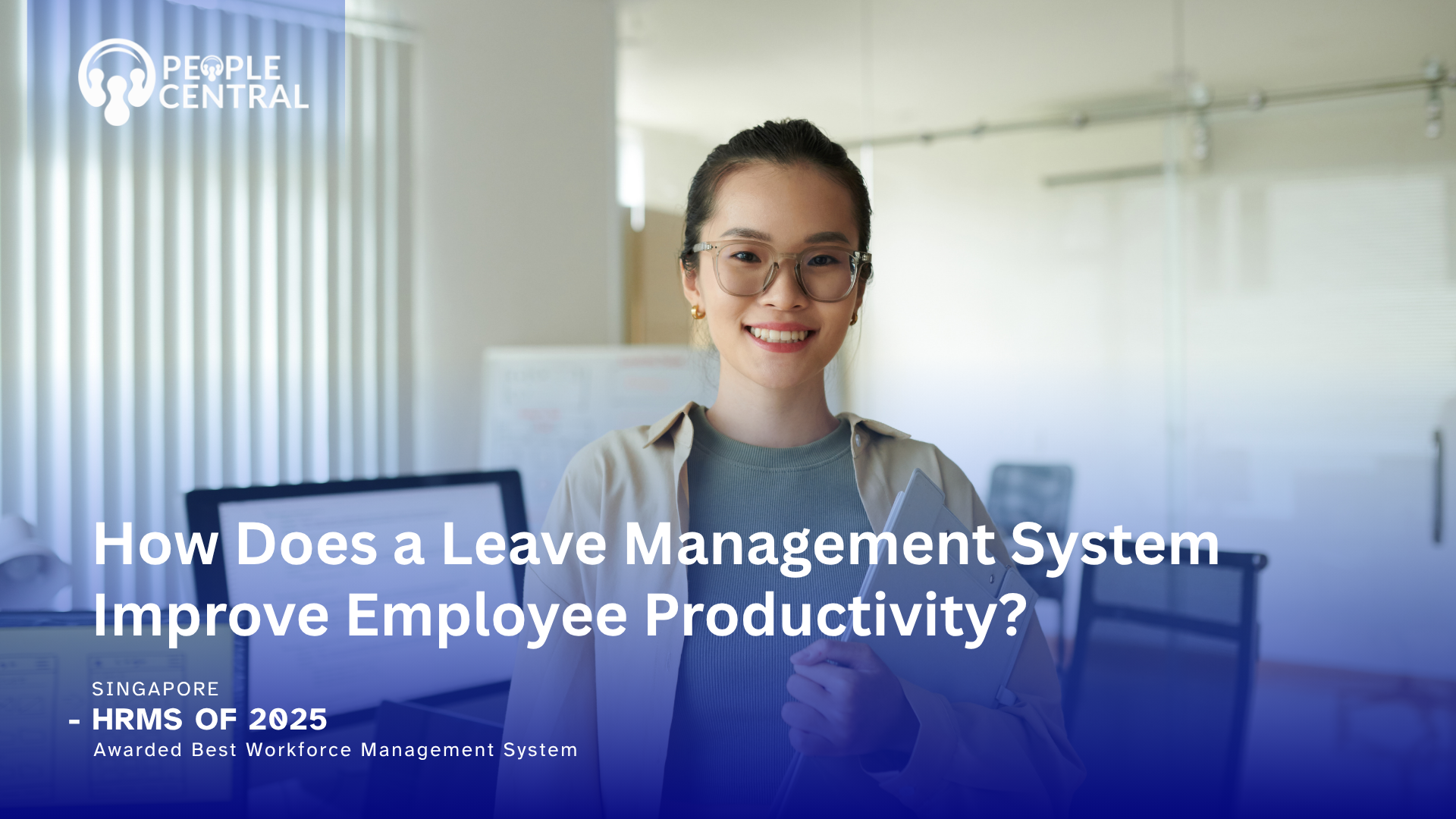

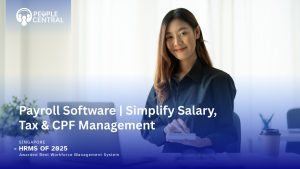

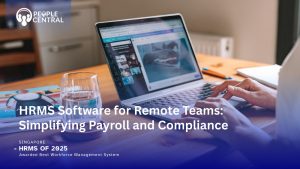

 5
5

















